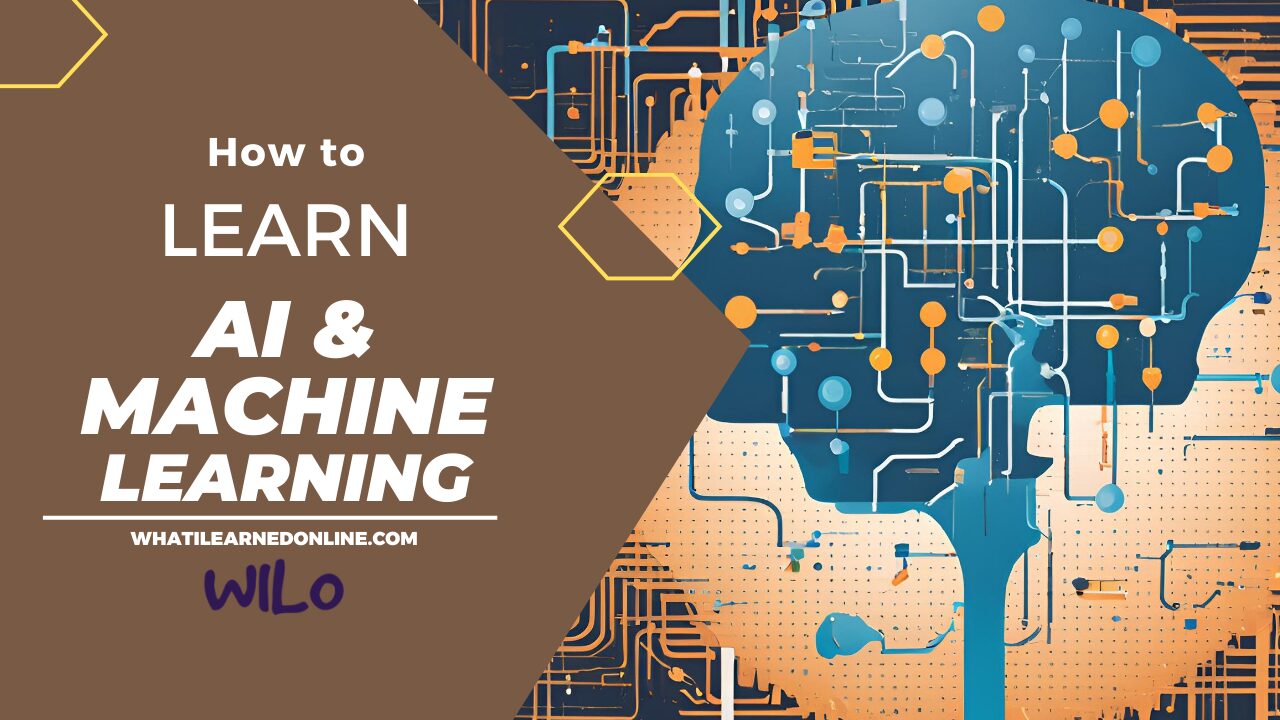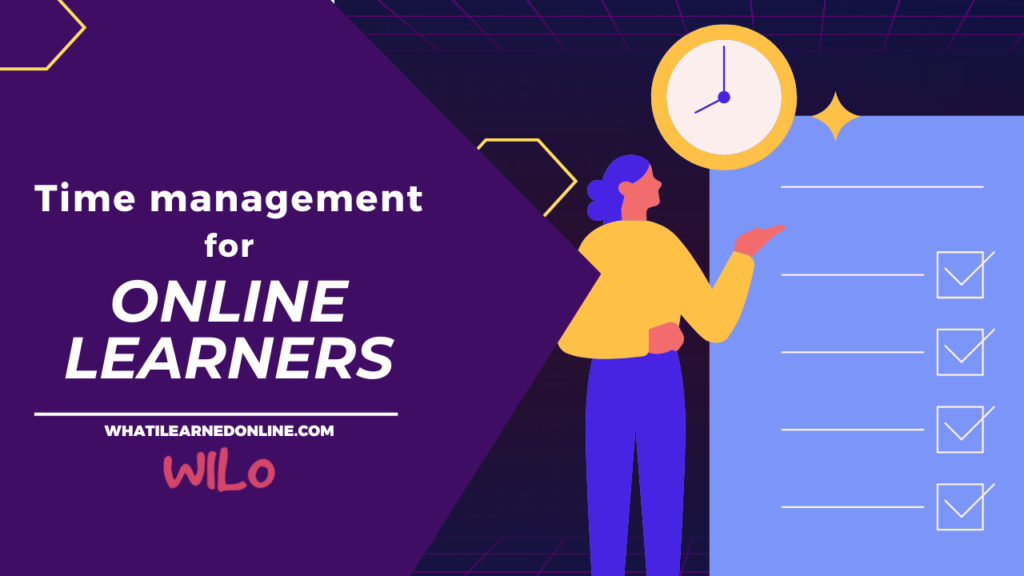
Table of Contents
The Intrigue of AI and Machine Learning
My journey into AI and Machine Learning began with a simple fascination. The idea that machines could learn and make decisions just like humans was mind-blowing. This fascination quickly turned into an obsession to understand and master the technology driving these innovations.
Initial Hesitations and Excitement
While I was excited to dive into AI and ML, I also had some hesitations. The sheer complexity of the subject and the vast amount of information available online seemed overwhelming. However, the excitement of exploring a futuristic domain where technology meets human intellect overshadowed these fears.
Setting Clear Goals
Identifying Personal Objectives
Before diving in, I needed to identify my personal objectives. What was I aiming to achieve? Whether it was a career switch, a desire to build innovative solutions, or simply satisfying my curiosity, having a clear goal provided direction.
The Importance of a Roadmap
Setting a roadmap was crucial. It not only highlighted the path to be taken but also broke down the enormous task into manageable milestones. This roadmap acted as a guide, ensuring steady progress and helping me avoid getting lost in the sea of information.
Choosing the Right Platform
Exploring Various Online Learning Platforms
The internet is flooded with numerous online learning platforms. From Coursera to Udacity, each offered unique strengths. Evaluating these platforms based on course content, instructor expertise, and peer reviews helped me select the best fit.
Evaluating Course Content and Structure
The structure of the course played a pivotal role. I prioritized courses that offered a blend of theoretical knowledge and practical application. The inclusion of projects, quizzes, and interactive sessions was a bonus, ensuring a comprehensive learning experience.
Starting with the Basics
Understanding Fundamental Concepts
Diving into AI and ML without a grasp of the basics would be futile. Understanding what AI and ML truly are, their history, and their applications laid a strong foundation. This fundamental knowledge was the cornerstone upon which advanced concepts were built.
Recommended Introductory Courses
Courses like “Machine Learning” by Andrew Ng on Coursera and “Introduction to Artificial Intelligence” on edX provided a perfect starting point. These courses, known for their clarity and depth, made complex topics accessible to beginners.
Mathematics and Statistics Primer
The Role of Mathematics in AI
Mathematics is the language of AI. From linear algebra to calculus, understanding mathematical concepts is essential for comprehending how AI algorithms work. I quickly realized that a solid grasp of mathematics was non-negotiable.
Key Statistical Concepts
Statistics form the backbone of data analysis in AI. Concepts such as probability, distributions, and hypothesis testing were critical. Resources like Khan Academy and books like “The Elements of Statistical Learning” were invaluable.
Programming Fundamentals
Choosing a Programming Language
Python emerged as the preferred language for AI and ML. Its simplicity, coupled with an extensive library ecosystem, made it ideal for beginners and experts alike. Focusing on Python courses and tutorials became a priority.
Essential Programming Courses
Courses like “Python for Data Science and Machine Learning Bootcamp” on Udemy provided a comprehensive introduction to Python. They covered everything from basic syntax to advanced libraries like NumPy and Pandas, essential for data manipulation and analysis.
Immersing in Data Science
The Intersection of Data Science and AI
Data Science and AI are intricately linked. Understanding how to collect, analyze, and interpret data is crucial for building intelligent systems. This intersection was explored through specialized data science courses and projects.
Practical Data Science Projects
Engaging in projects like data visualization, predictive modeling, and exploratory data analysis helped cement the theoretical knowledge. Platforms like Kaggle offered a plethora of datasets and competitions to practice these skills.
Specialized AI and Machine Learning Courses
Deep Learning Specializations
Deep Learning, a subset of ML, focuses on neural networks. Courses like “Deep Learning Specialization” by Andrew Ng provided in-depth knowledge on building and training neural networks, convolutional networks, and sequence models.
Reinforcement Learning Courses
Reinforcement Learning, where agents learn by interacting with their environment, was another area of focus. Courses like “Reinforcement Learning” on Udacity introduced concepts like Markov Decision Processes and Q-Learning, making it an exciting and practical learning experience.
Hands-On Projects and Practice
Importance of Practical Application
Theory without practice is ineffective. Engaging in hands-on projects was vital. Building real-world applications like recommendation systems, chatbots, and image classifiers helped bridge the gap between theory and practice.
Examples of Beginner Projects
Projects like predicting house prices, classifying images using convolutional networks, and building simple chatbots were perfect for beginners. They provided practical exposure and reinforced learning.
Leveraging Online Communities
Joining AI and Machine Learning Forums
Learning in isolation can be challenging. Joining online communities like Reddit’s r/MachineLearning and AI-focused Discord groups provided support, insights, and opportunities to discuss and troubleshoot problems with peers.
Participating in Online Study Groups
Online study groups offered a collaborative learning environment. Platforms like StudyPal and Meetup facilitated connections with like-minded learners, fostering a sense of community and shared growth.
Utilizing Open Source Tools
Introduction to Popular AI Frameworks
AI frameworks like TensorFlow and PyTorch are the bedrock of AI development. Learning these tools was crucial for building and deploying AI models. They provided the necessary infrastructure to experiment and innovate.
Getting Started with TensorFlow and PyTorch
Starting with beginner-friendly tutorials on TensorFlow and PyTorch, and gradually moving to more complex projects, allowed a smooth learning curve. Documentation and community forums were excellent resources for troubleshooting and learning advanced features.
Attending Webinars and Online Workshops
Benefits of Live Interactive Sessions
Webinars and online workshops offered live interaction with experts. These sessions provided insights into the latest trends, practical tips, and opportunities for Q&A, making learning more dynamic and engaging.
Notable Online AI Conferences
Conferences like NeurIPS, CVPR, and AI Expo offered a platform to learn from industry leaders, network with professionals, and stay updated with cutting-edge research and developments in AI.
Reading Research Papers and Journals
Keeping Up with the Latest Research
Staying abreast of the latest research was essential for staying relevant. Websites like arXiv and Google Scholar were treasure troves of research papers, providing insights into new methodologies and advancements in AI.
Key Resources for Research Papers
Journals like the Journal of Machine Learning Research (JMLR) and IEEE Transactions on Neural Networks and Learning Systems were invaluable resources. They offered peer-reviewed, high-quality research papers on a wide range of AI topics.
Building a Portfolio
Showcasing Projects and Achievements
Building a portfolio showcased my skills and projects. Platforms like GitHub and personal websites served as a repository of my work, making it easier for potential employers or collaborators to evaluate my capabilities.
Creating an Impressive GitHub Profile
An impressive GitHub profile with well-documented projects, clear README files, and regular contributions demonstrated my expertise and commitment to learning and development in AI.
Seeking Mentorship
Finding a Mentor in the AI Field
Finding a mentor provided guidance and accelerated learning. Mentors offered valuable feedback, shared industry insights, and helped navigate the complexities of AI learning. Platforms like LinkedIn and local AI meetups were great for finding mentors.
The Value of Guidance and Feedback
Feedback from mentors helped identify strengths and areas for improvement. This guidance was invaluable in honing skills, avoiding common pitfalls, and staying motivated throughout the learning journey.
Balancing Theory and Practice
The Synergy of Theoretical Knowledge and Practical Skills
Combining theoretical knowledge with practical application was key. Theoretical understanding provided a solid foundation, while practical projects allowed for real-world application and problem-solving.
Continuous Learning and Improvement
The field of AI is ever-evolving. Embracing a mindset of continuous learning and improvement was crucial. Staying updated with the latest advancements and regularly assessing and adjusting learning strategies ensured ongoing growth and development.
Overcoming Challenges
Common Obstacles in Learning AI
The journey was not without its challenges. From understanding complex algorithms to managing time effectively, there were numerous obstacles. Identifying these challenges early on helped in developing strategies to overcome them.
Strategies for Staying Motivated
Maintaining motivation was vital. Setting short-term goals, celebrating small victories, and keeping the end goal in sight helped sustain enthusiasm and drive throughout the learning process.
Assessing Progress
Regular Self-Assessment Techniques
Regular self-assessment was key to measuring progress. Techniques like quizzes, project evaluations, and peer reviews provided insights into areas of strength and those needing improvement.
Adjusting Learning Strategies
Based on assessments, adjusting learning strategies ensured continuous improvement. This iterative process of learning, evaluating, and adjusting helped in achieving a deeper understanding and proficiency in AI.
Applying Skills in Real-World Scenarios
Internship and Job Opportunities
Applying skills in real-world scenarios was the ultimate test. Internships and job opportunities provided hands-on experience and exposure to industry practices. Networking and actively seeking opportunities were crucial.
Freelance Projects and Competitions
Freelance projects and participating in competitions like Kaggle offered practical experience. They provided opportunities to work on diverse problems, collaborate with others, and showcase skills to a broader audience.
Future Learning and Growth
Keeping Up with AI Advancements
The journey of learning AI doesn’t end. Staying updated with AI advancements and continually learning new skills is essential. Engaging with the AI community and following industry trends ensure ongoing growth.
Lifelong Learning Mindset
Embracing a lifelong learning mindset is key. The field of AI and ML is dynamic, and continuous learning is necessary to stay relevant and innovative. This mindset fosters curiosity, adaptability, and a passion for ongoing personal and professional development.


